Here a few high ISO shots of the K-7 (posted earlier elsewhere on this forum):
1
K-7, DA*200, f/4, 1/100s, 1600iso

2
K-7, DA*200, f/4, 1/80s, 1600iso

3
K-7, DA*200, f/4, 1/100s, 640iso
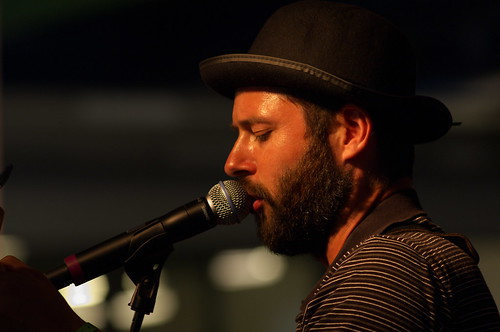
4
K-7, DA*200, f/4, 1/125s, 1600iso
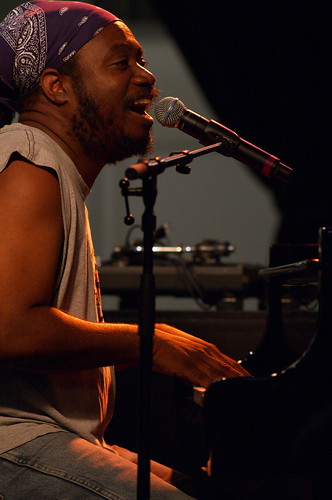
5
K-7, DA*200, f/4, 1/200s, 1600iso
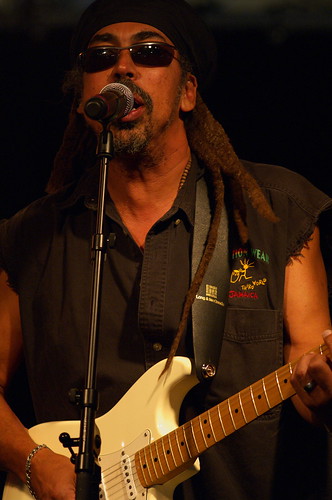
6
K-7, DA*200, f/3.5, 1/200s, 1600iso
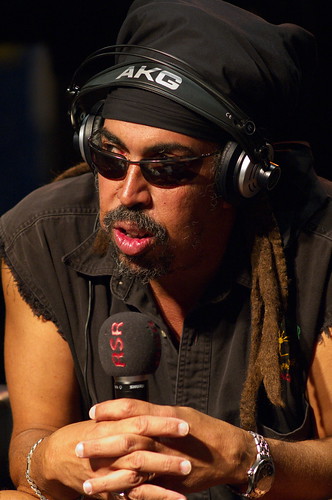
7
K-7, DA*55, f/2.8, 1/8s, 1250iso, SR is pretty impressive...

8
K-7, DA*55, f/1.8, 1/60s, 2000iso
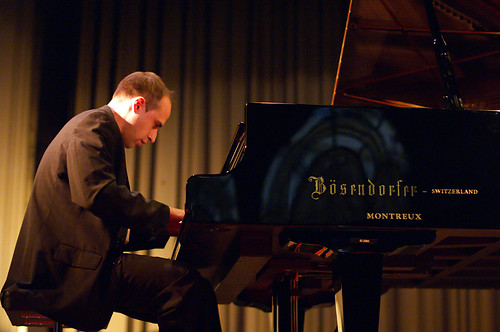
9
K-7, DA*55, f/2.8, 1/50s, 1600iso
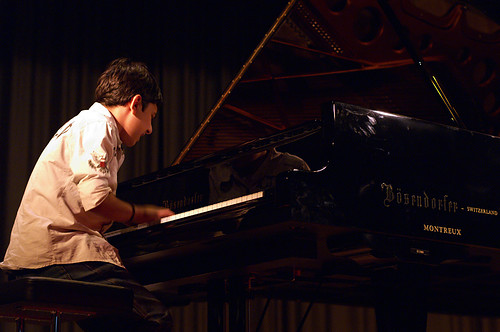
10
K-7, DA*200, f/4.5, 1/200s, 1600iso

11
K-7, DA*50-135, 70mm, f/2.8, 1600iso

12
K-7, DA*50-135, 55mm, f/2.8, 1/125s, 1600iso

13
K-7, DA*50-135, 55mm, f/2.8, 1/100s, 1600iso

14
K-7, DA*50-135, 58mm, f/2.8, 1/125s, 2500iso



 Similar Threads
Similar Threads 


































